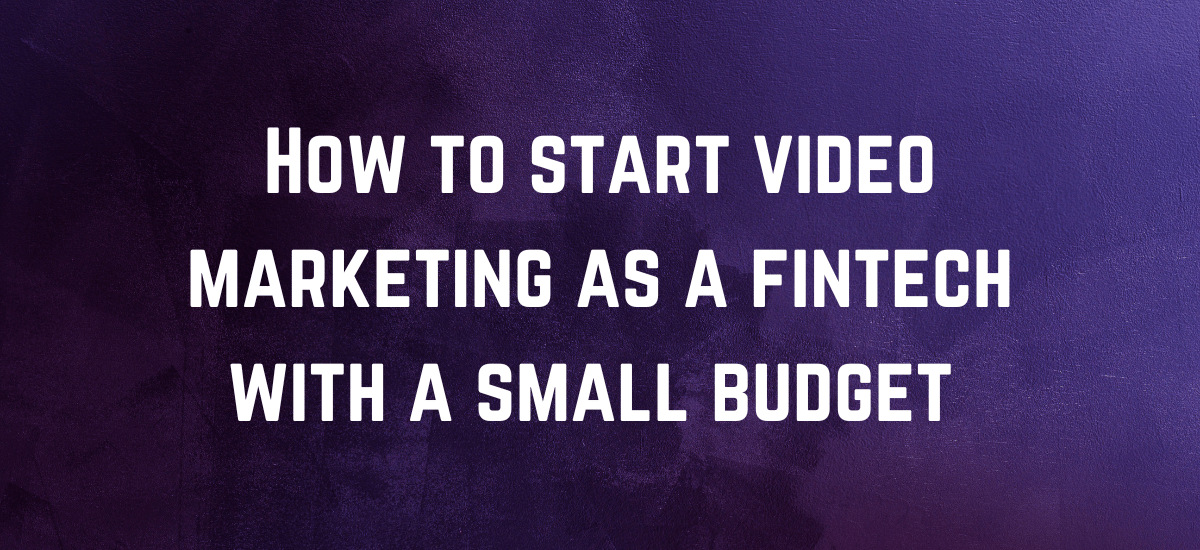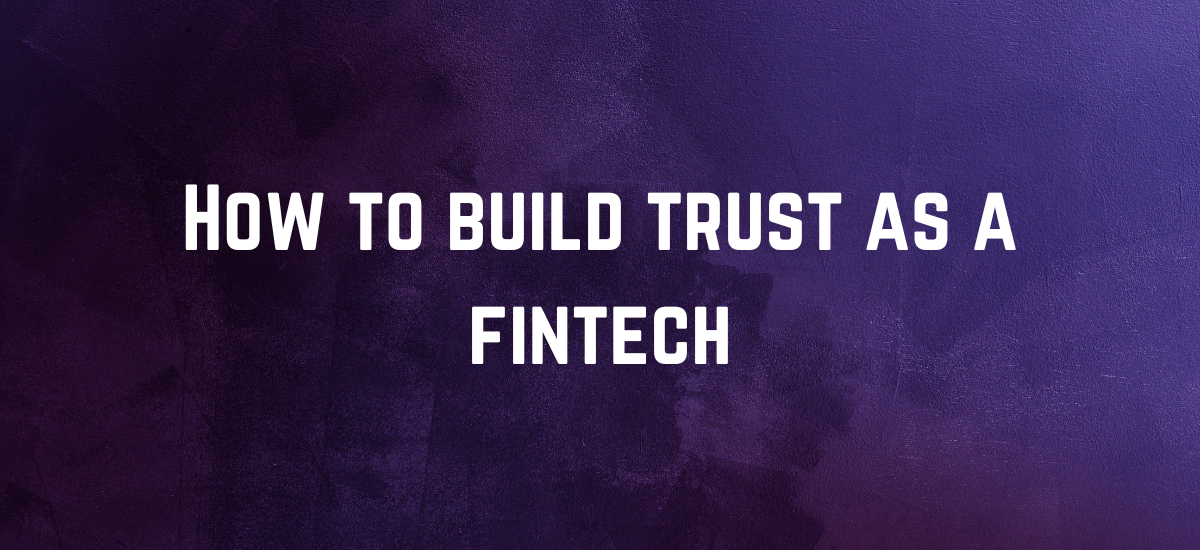by deborah
Share
by deborah
Share

After years of bad press, dodgy rumours about their leadership teams and gossip around bankruptcy, the closure and sale of one particular British clothing store and its subsidiaries didn’t come as a huge surprise to many. That doesn’t mean we can’t take lessons from its fall. The following is not a detailed list of the components that led to that brands downfall, it’s just my personal experience of their offering. With the pandemic, FinTech digital marketing proved itself completely essential, and unlike many other online brands, they didn’t make the cut.
A website that works
While Asos and Boohoo are easy to navigate and a pleasure to shop from, this brand could be finnicky and frustrating at times. You should be able to go back easily, navigate where you want easily and absorb the information on the page with minimal effort. It feels obvious, but I still come across websites that seem to struggle with this.
For a bank, that means onboarding should be a seamless experience. Your website should be easily navigated, helping people find the services they need, with simple reasons why your product will improve their life at the top. They should then click a button that opens up your app download page (either in Play or Apple store), and download your app. From there, signing up for an account should be a quick process they can do from their living room. There are, of course, issues with security, identity etc, but these obstacles are worth looking into and combatting, the rewards of a seamless digital onboarding experience speak for themselves, and should be at the top of your priority list if not already.
Paid social media marketing
Social media is not only organic, it is, and should be, paid. To build brand awareness and create a following, paid marketing should be leveraged alongside organic. While I’ve seen (and clicked and bought from) many Asos and Boohoo ads while scrolling through IG over the years, it felt like it took years for this particular brand to truly catch up. Much of their digital marketing budget was focused on remarketing, causing them to lose out on essential new audiences. Like them, if you’re a global bank, it’s likely many people are already aware of your brand, and just need a gentle reminder and to be shown the right services that will benefit their lives right now, all of which can be done with clever targeting on paid social media. Remarketing is an important component to your targeting, but it shouldn’t be everything, and it definitely shouldn’t come at the cost of reaching new markets.
For example, to this day, I’ve only seen 1 British bank on my fyp on TikTok, but I’ve seen many clothing ads. It’s not like banks don’t have the marketing budget, and it’s not like paid social media marketing doesn’t work. I see loads of banking adverts when I put the TV on (which is extremely rare these days), many of them targeting my age group and younger, providing financial advice to young people. It’s in the right spirit, just in the wrong place. It’s no longer about which channel, it’s about which platform, I don’t choose between BBC and E4, I choose between Netflix and TikTok.
Leverage what you have
Ironically, what I feel some banks don’t notice is that they’re at an advantage when it comes to attraction and retention amongst digital natives. Clothing stores are always trying to get their users and loyal customers to download their apps, and meet huge resistance. Having an app on your users phone is a huge privilege (and marketing tool) that banks intrinsically have. Referrals are easy when your users can click a button in their app (as proven by Monzo’s “golden ticket” campaign).
At the same time, clothing stores are trying to get you to spend money, banks are trying to help you save, invest and grow your money. Creating a community around your brand when you’re there for the good times and the bad, and play a huge role in the life changing decisions that make up people’s lives is a must. Educational and comedic content marketing centred around bringing joy at tough times and support during life changing decisions will help you rise above the competition.
Your digital marketing can’t be in the middle
It’s not necessarily that you have to have flawless digital marketing, but if you don’t, it has to be your brand. Primark have been shut for a large portion of the pandemic, have no online presence beyond a website that you can’t actually buy anything from, and have no plans to change, but it works for them. It’s their brand, and on the few occasions they have opened up everyone, including myself, flocks to frantically buy 6 months worth of Primark clothes.
The British retail brand that closed both didn’t have a great online offering, and were obviously desperately trying to have a good online offering. If you’re going to be the bank that doesn’t have it all together online, you have to look like you’re doing it on purpose and that’s who you are, otherwise, it’s just awkward to watch.





